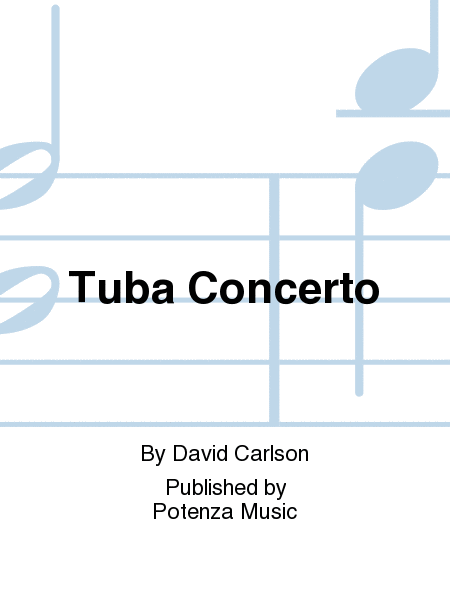Details
Description
SKU: P2.90134
Composed by David Carlson. Solo music, contemporary. Published by Potenza Music (P2.90134).American composer David Carlson was trained at the Los Angeles Conservatory of Music and the California Institute of the Arts. He began a long-term association with the San Francisco Symphony in the early 80s, culminating in a four-year stint as coordinator of the symphony's highly acclaimed "New and Unusual Music" series. He has composed an array of orchestral works including a violin concerto and two cello concertos as well as the symphonic "Rhapsodies" (1986), which has been programmed by numerous national and international orchestras. He has also written many chamber and vocal works, and four operas, including "Anna Karenina," premiered in 2007 in Miami and St. Louis. He is the recipient of several honors including an Academy Award from the American Academy of Arts and Letters. His bold strokes of orchestral color harken back to the Romantic era and create a thrilling sonic experience. With his scores, Carlson succeeds in combining the strict techniques of early- to mid-twentieth century music with an emotional immediacy that speaks directly to audiences.
Carlson's two-movement concerto for tuba was first performed in November 2014 at the University of South Florida with soloist Jay Hunsberger, to whom it is dedicated. The piece is unusual for the way that it treats the instrument----as a means for expressive lyricism in the first movement along with the use of fast passagework in the second.
The work is intended to be played with a double string orchestra and harp, though it may performed with nine solo strings and harp; the solo strings may be slightly amplified if needed. The first movement, marked "Andante affetuoso," is composed of long, lyrical lines for the soloist, demanding virtuosity in breath control and support. Against the wide ranging melody in the tuba, which explores every part of its register, the accompanying material lays down a bed of arpeggios that move seamlessly between the strings, often creating a suspended sense of weightlessness. In ABA form, the main thematic material is developed within the A section with a brief contrasting excursion in B.
The second movement, "Allegro vivo," begins with Carlson's take on a "Rupak," a kind of Bulgarian dance in 7/8 rhythm--though the tune is Carlson's own--followed by a raga-like section in 5/8. This gives way to an energetic idea in 6/8; the whole is developed, leading to a fiery climax which brings back the main tune from the first movement. Throughout, the soloist plays demanding material requiring great agility--rapid scales, arpeggios, trills, and the like--which explores the entire range of the tuba, though through entirely traditional means (there are no extended instrumental techniques in the work). The energetic coda leads to a lively and definitive end.

 Share
Share